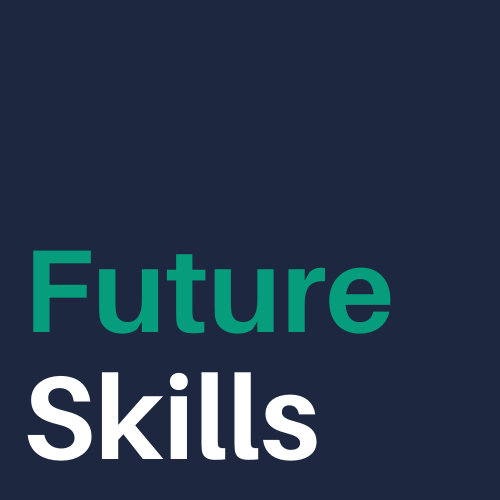I don’t have an answer to that. But workers in low wage jobs are seeing an increase in management by algorithm. From Axios:
Even the most vigilant supervisor can only watch over a few workers at one time. But now, increasingly cheap AI systems can monitor every employee in a store, at a call center or on a factory floor, flagging their failures in real time and learning from their triumphs to optimize an entire workforce.
Automating humans with AI
First, the phrase “optimize an entire workforce” should strike fear into employees across workplaces. Workers are human, they aren’t designed to be optimized. They need breaks, moments to reflect, engage, connect, and encouragement from humans. They need to be human. Optimizing strips human needs from humans. The term “optimizing” masks the brutality of it.
We’ve seen what’s happened to those working in the world’s most optimized workforce, Amazon, especially people working in warehouses and as delivery drivers. We don’t need more of it.
And yet leadership is proceeding ahead as if optimization is the holy grail of the workplace. Again from Axios:
How often is an employee going out to smoke a cigarette? How long a lunch are they taking? How long are they sitting in the lunchroom?” These are the questions clients want answered with AI software, says Kim Hartman, CEO of Surveillance Secure, a D.C.-area company that installs security systems.
Hartman says his company has put in video analytics for several area retailers and restaurants that wanted to monitor their employees’ productivity.
Employee surveillance isn’t just used to keep tabs on employees – it can also be used to discipline employees. This all happens first with low-wage workers because they have less power, and less ability to push back. It’s harder to fight the system when you can’t miss a paycheck. Once these automated systems are tested, integrated, tweaked and finessed – and they’ve collected enough data – leadership will move onto automating middle-wage jobs.
I wonder what’s going to happen to all the middle managers who oversee these workforces. Where will they go? Will they be laid off? Retrained to use AI software to manage their workforce? What is a middle manager to do at this point?
At every discussion of automating workers, I wonder why we never talk automating leadership. Here’s my proposal to push back: Automate the c-suite.
